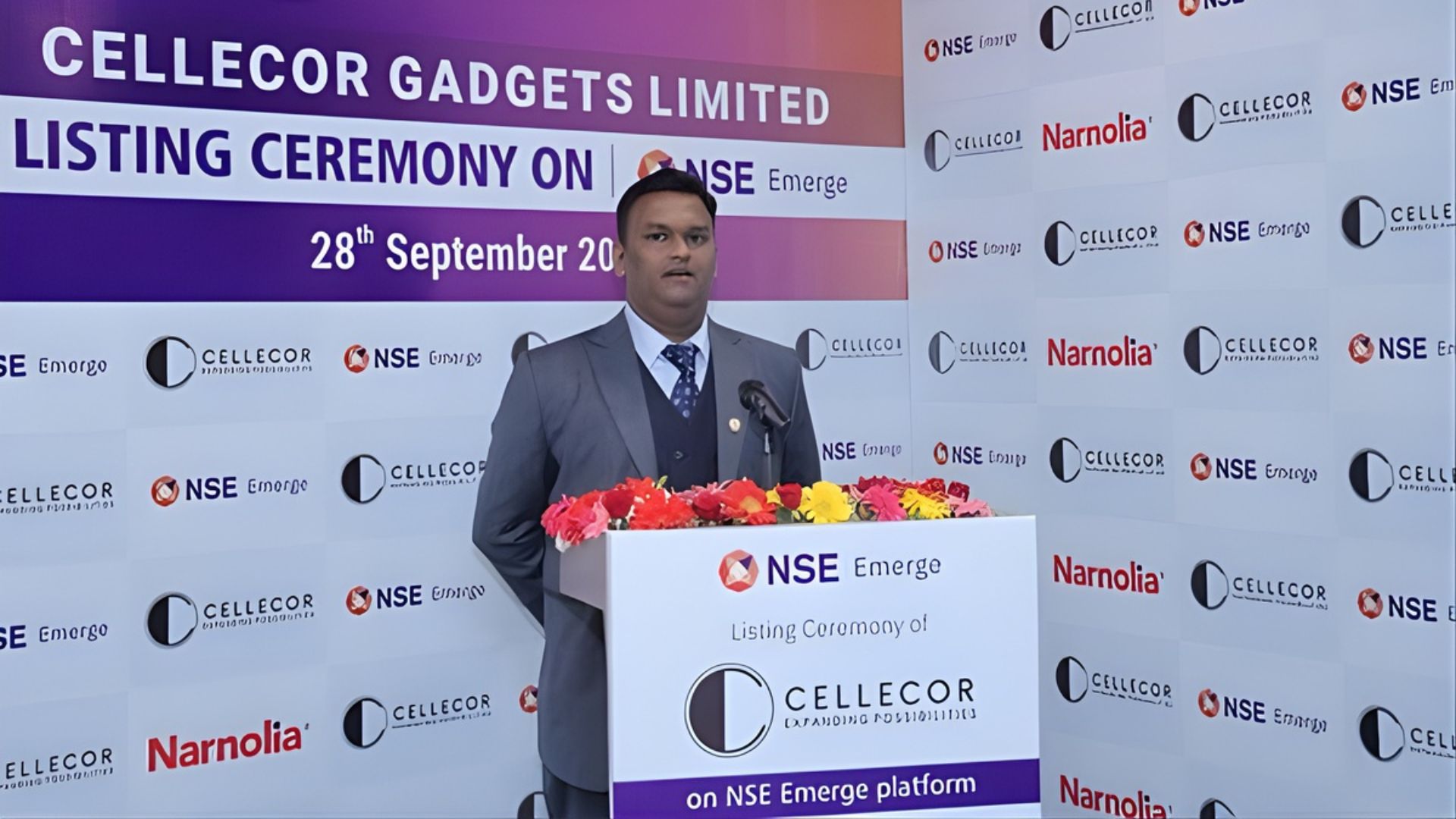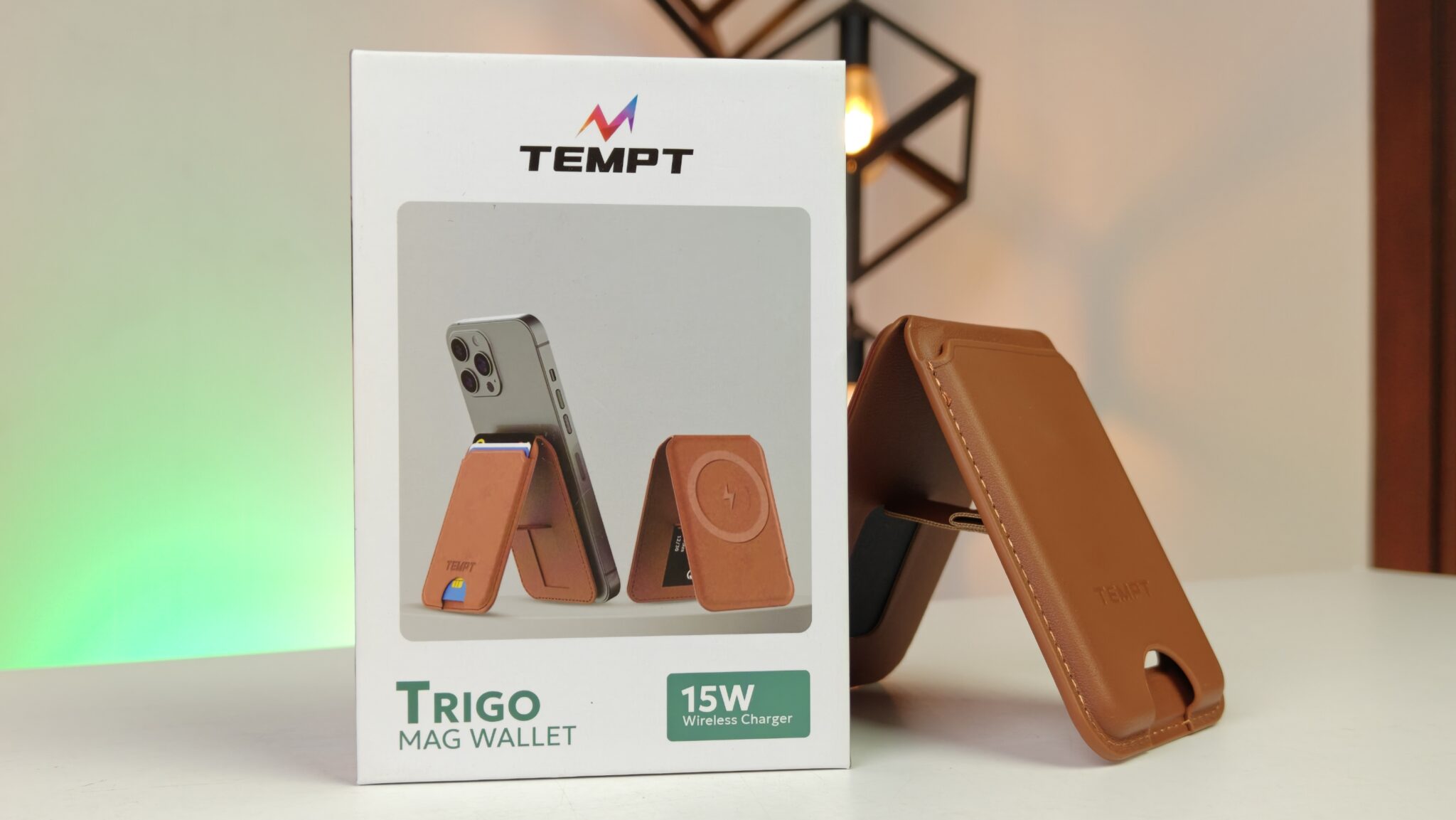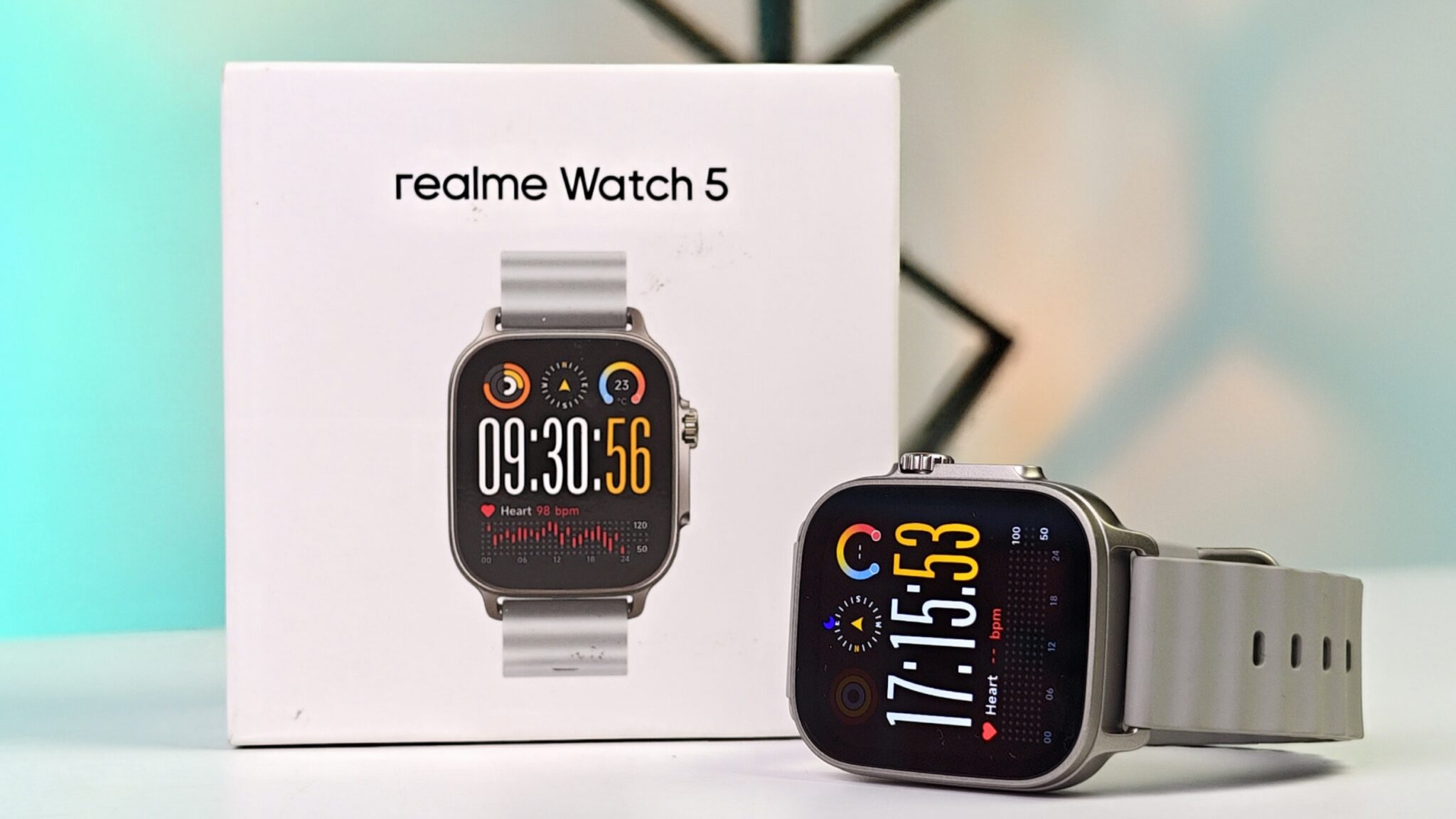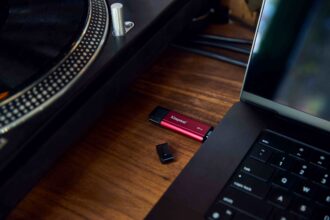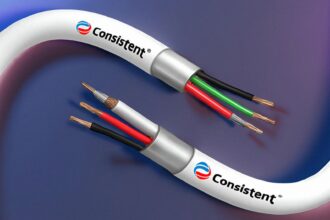Canon has officially expanded its EOS R mirrorless lineup with the launch of the EOS R6 Mark III, a full-frame camera that takes a big step forward from the 2023 R6 Mark II. The new model brings a higher 32.5-megapixel sensor and a set of powerful video tools, including 7K 60p RAW internal recording and 3:2 Open Gate video support—features that clearly aim at professionals who juggle both filmmaking and photography.
Alongside the camera, Canon also introduced the RF45mm F1.2 STM, a standard prime lens designed to make that beautiful f/1.2 shallow depth-of-field effect more accessible to everyday users. The 45mm focal length offers a natural perspective on full-frame cameras, while giving about a 72mm equivalent on APS-C bodies such as the EOS R50.
Key Takeaways
- EOS R6 Mark III Resolution and Speed:
- 32.5MP full-frame sensor capable of up to 40 fps continuous shooting (electronic shutter) with impressive processing speed.
- Video Capabilities:
- Internal 7K 60p RAW recording and the first EOS R camera with 3:2 Open Gate (up to 7K 30p RAW), allowing flexible reframing for different aspect ratios.
- Autofocus:
- Upgraded subject tracking with the Register People Priority feature, adapted from Canon’s flagship EOS R1.
- RF45mm F1.2 STM Lens:
- A lightweight f/1.2 prime lens offering affordable bokeh and reliable low-light performance.
Enhanced Photography Performance
The move to a 32.5MP full-frame sensor gives the EOS R6 Mark III more detail and flexibility, particularly when cropping or shooting distant subjects. Despite the higher resolution, the camera retains its impressive burst speed-up to 40 fps with the electronic shutter and 12 fps with the mechanical or electronic first-curtain shutter. It can capture around 150 shots in a high-speed burst sequence.
A handy addition is the pre-continuous shooting mode, which buffers up to 20 frames before you even press the shutter fully. It’s the kind of small but thoughtful feature that makes a real difference when photographing unpredictable moments-like birds taking off or someone mid-laughter.
The autofocus system has also been refined. Subject tracking feels more intuitive, and the Register People Priority mode is particularly clever—it lets you pre-register specific individuals so the camera automatically prioritizes them in crowded scenes or group shots.
A Focus on Professional Video Work
Clearly, Canon had serious video creators in mind. The EOS R6 Mark III supports 7K 60p internal RAW recording straight to a CFexpress Type B card. More notably, it becomes the first EOS R camera to offer 3:2 Open Gate recording (up to 7K 30p RAW).
This Open Gate mode makes full use of the sensor’s height and width, capturing more image data. It’s incredibly useful for editors who need to crop the same footage into horizontal, vertical, or even square formats for multiple platforms-say, YouTube, Reels, and Shorts-without losing quality.
Canon also expanded the available recording formats. The R6 Mark III now includes internal RAW, Canon Log 2, and HLG gamma recording, in addition to Canon Log 3 and HDR PQ. It even borrows Custom Picture (CP) profiles from Canon’s Cinema EOS line, plus custom LUTs for easier color grading.
To support professional workflows, the camera adds monitoring tools like a waveform display, false color exposure aid, and zebra patterns—features once reserved for higher-end cinema cameras.
The RF45mm F1.2 STM: Fast Aperture for Everyone
Canon’s new RF45mm F1.2 STM lens deserves a spotlight of its own. It’s the brand’s first non-professional f/1.2 prime, designed to bring that cinematic bokeh look to a broader audience. Weighing only 346 grams, it’s actually the smallest f/1.2 lens in Canon’s entire EF and RF range-a nice surprise for anyone tired of heavy glass.
The wide f/1.2 aperture ensures excellent low-light performance and beautifully soft background blur. It pairs seamlessly with the Dual Pixel CMOS AF II system on the R6 Mark III, offering smooth, fast focus even in dim environments. When combined with the camera’s 5-axis image stabilization, users can confidently shoot handheld at slower shutter speeds and still get crisp results.
The 45mm focal length strikes a comfortable middle ground between a standard and short-telephoto perspective, ideal for environmental portraits, lifestyle scenes, and even street photography. And if sharpness is your priority, stopping down to f/8 gives edge-to-edge clarity on par with professional-grade lenses.
Pricing in India
In India, the Canon EOS R6 Mark III and RF45mm F1.2 STM lens are now available at the following prices, inclusive of all taxes. The EOS R6 Mark III body alone is priced at ₹243,995.00, while Canon also offers two kit options for those who prefer bundled lenses.
The EOS R6 Mark III with the 24-105mm STM kit lens is priced at ₹271,995.00, and the higher-end 24-105mm USM kit costs ₹343,995.00. Meanwhile, the newly launched RF45mm F1.2 STM lens—a compact, large-aperture standard prime-comes in at a much more affordable ₹40,495.00, making it an appealing addition for photographers looking to experiment with f/1.2 depth-of-field without stepping into professional lens pricing.
Frequently Asked Questions (FAQs)
Q1: What is Open Gate video recording on the EOS R6 Mark III?
A1:Open Gate uses the camera’s full sensor area (3:2 aspect ratio) instead of the usual 16:9 crop. It captures more image data, giving editors greater freedom to reframe content for horizontal, vertical, or square formats with minimal quality loss.
Q2: What is the maximum continuous shooting speed of the EOS R6 Mark III?
A2: The camera can shoot at up to 40 frames per second using the electronic shutter, or 12 fps with the mechanical or first-curtain option.
Q3: How does the RF45mm F1.2 STM compare to professional F1.2 lenses?
A3: While Canon’s professional L-series lenses have superior optics and build, the RF45mm F1.2 STM delivers that signature f/1.2 look at a much more approachable price. It’s smaller, lighter (346g), and still produces striking bokeh and sharp results—ideal for enthusiasts who want the “pro” look without the “pro” price tag.
Q4: What is the Register People Priority function?
A4: It’s an autofocus feature that allows you to pre-register faces so the camera prioritizes them in group scenes or events. It’s particularly handy for weddings, family gatherings, or team shoots where you don’t want the camera to lose focus on your main subjects.



